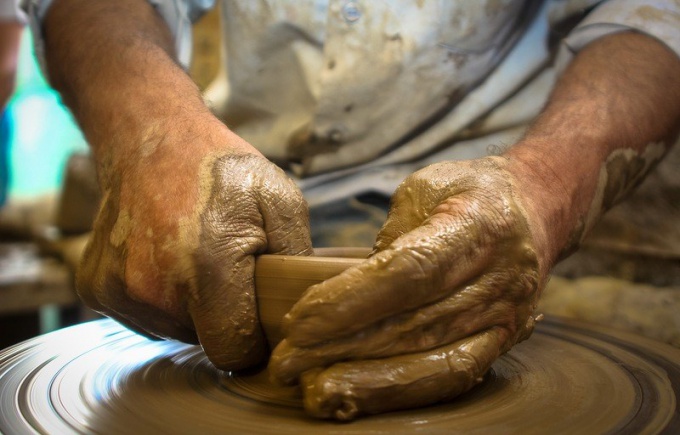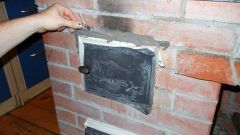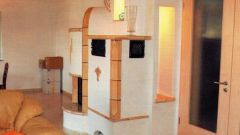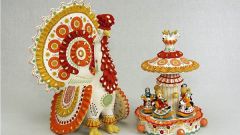What is clay
Clay is a sedimentary rock. In the dry, it is pulverized, and when wet becomes plastic. It contains one or more group minerals kaolinite and montmorillonite, but can also carry sand connection.
The clay is mostly gray, but there are varieties in white, red, yellow, brown, blue, green, purple and even black. This is due to the substances contained in each type of clay. Depending on these substances and the various applications of clays.
As this breed has a high plasticity, fire resistance, an excellent sintering behavior and a good waterproofing, it has found wide application in pottery, art and brick making. Often, however, the pottery at the stage of molding or drying, or in a final stage, the kiln, the crack. This can happen for several reasons: clay is dry, clay "skinny", that is, it has a large admixture of sand, or Vice versa, selected varieties too "fat".
Additives for clay solution
To prevent the possibility of cracking on the product, it is necessary at the outset to choose the "right" type of clay. Ideal for pottery blue and white clay. But sometimes the correct selection of material is not enough.
If the product cracks due to insufficient moisture, the problem is solved by simply adding water to the clay solution.
However, sometimes the pottery is cracking because of the excessive "fat" solution. "Fat" is called clay with high plasticity. In soaked condition they give a tactile feeling greasy substances. The dough of a clay shiny, slippery and contains almost no impurities. In this case, the solutions of a clay added to the so-called "emaciated" substance: "skinny" clay, burnt brick, pottery battle or sawdust and sand – ordinary or quartz.
But sometimes the reverse situation – product crack because of too "lean" clay. This material is non-plastic or low-plasticity, rough to the touch, has a matte surface and crumbles easily, even with a simple tap of your finger. It contains a very large number of impurities in the form of sand, dust, earthy. In this case, it is necessary to carry out the reverse operation – to add to the "lean" clay more oily or make use of other supplements that increase the fat content of a solution, e.g., glycerin or egg white.
There is another method to taciti solution. Its essence is added to a solution of water and thorough stirring. The solution was allowed to stand. In the upper layer is water, which is drained. The next layer is liquid clay, and under it unwanted additives. Liquid clay gently dredged and drained in the basin, leaving in the sun to evaporate excess moisture. The result is a plastic clay consistency of firm dough.



